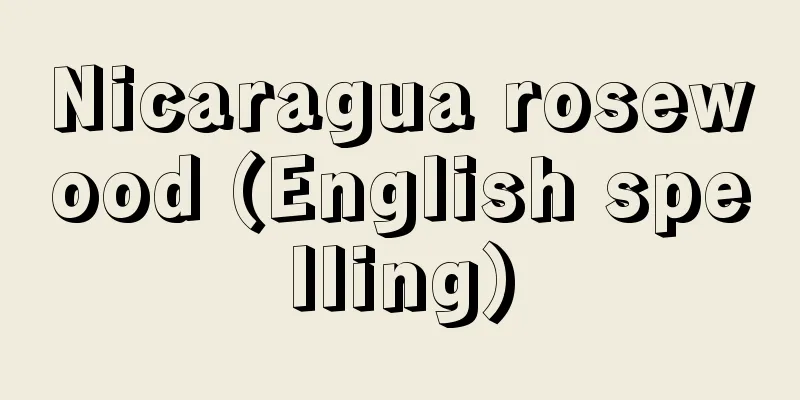White Horse Temple

|
This temple is located east of Luoyang City, Henan Province, China, and is said to be the first temple built in China. In 67 (Yongping 10), during the reign of Emperor Ming of the Later Han Dynasty, Zhu Falan, a monk from Central Tianzhu (India), is said to have entered Luoyang carrying a scroll of Buddhist scriptures and a statue of Shaka on a white horse, built a temple, and translated the 42 Chapters of the Sutra, which is said to be the first time Buddhism was introduced to China. The temple's name comes from the white horse. In Liang Baoshang's "Famous Monks' Biography," it is written as Lantai Temple, and the name of the monk varies in various versions. There is also a legend that Emperor Ming of the Later Han Dynasty was inspired by a golden man (Buddha statue) and sent an envoy to the country of Daiyuezi to introduce Buddhism. The legend of White Horse Temple is complicated, but it is certain that this temple existed during the Western Jin Dynasty (265-316), when Zhu Fagu translated the 10 volumes of the True Lotus Sutra in 286 (the 7th year of the Taikang era), and the Manjusri Pure Vinaya Sutra and the Demon's Return Sutra in 289. Zhi Dun of the Eastern Jin Dynasty, Donmarushi of the Northern Wei Dynasty, and Buddhasenta lived here, and the buildings were repaired by Empress Wu Zetian of the Tang Dynasty. To the southeast of this temple is Tohakuba-ji Temple (Seiun-ji Temple), which has a thirteen-story pagoda remaining. It is said that this nine-story pagoda was built by Emperor Zhuangzong of the Later Tang Dynasty (reigned 923-925) and was rebuilt in 1175 (Jin, the 15th year of the Taijo era). [Michio Sato] Source: Shogakukan Encyclopedia Nipponica About Encyclopedia Nipponica Information | Legend |
|
中国、河南(かなん/ホーナン)省洛陽(らくよう/ルオヤン)市の東にある寺で、中国初建の寺とされる。67年(永平10)後漢(ごかん)明帝の代、中天竺(てんじく)(インド)の摂摩騰(しょうまとう)、竺法蘭(じくほうらん)が経巻と釈迦(しゃか)像を白馬に乗せて洛陽へ入り、寺を建立し『四十二章経』を訳したと伝え、それが中国仏教の初伝という。寺名はその白馬にちなむ。梁(りょう)の宝唱(ほうしょう)の『名僧伝』には蘭台寺と記され、僧名も諸本で異なる。また、後漢の明帝が金人(きんじん)(仏像)を感夢し使者を大月氏(だいげっし)国へ派遣し仏法が伝来したという伝説もあり、白馬寺伝説は複雑であるが、この寺が西晋(せいしん)代(265~316)に存在したことは確かで、竺法護(じくほうご)が286年(大康7)『正法華経(しょうほけきょう)』10巻を、289年には『文殊師利浄律経(もんじゅしりじょうりつきょう)』『魔逆経(まぎゃくきょう)』などを訳出している。東晋の支遁(しとん)、北魏(ほくぎ)の曇摩流支(どんまるし)、仏陀扇多(ぶっだせんた)らが住し、唐の則天武后(そくてんぶこう)が堂宇を修理した。当寺の南東には東白馬寺(斉雲寺(せいうんじ))があり十三層塔を残す。これは後唐(こうとう)の荘宗(そうそう)(在位923~925)が9層の塔を建立、1175年(金、大定15)に再建されたものという。 [里道徳雄] 出典 小学館 日本大百科全書(ニッポニカ)日本大百科全書(ニッポニカ)について 情報 | 凡例 |
<<: Vāgbhaṭa (English spelling)
Recommend
Filament - Kashi (English spelling)
The filaments of the stamen are thread-like parts ...
Copsychus malabaricus (English spelling)
…[Higuchi Hiroyoshi]. … *Some of the terminology ...
Okikumushi - Okikumushi
It refers to the pupa of the Chinese Thymus, a me...
Trivandrum - Trivandrum (English spelling)
The capital of Kerala state in southwest India. I...
Blackboard Jungle
…One example is the recordings of “Shake, Rattle ...
Hattori ruins
Located in Hattori-cho, Moriyama City, Shiga Prefe...
Intension - English
In traditional logic, this term is used to refer ...
Pearl Harbor - Shinjuwan
The original name is Pearl Harbor. It is a natural...
os sacrum (English spelling) ossacrum
… [Sacral vertebrae sacrales and coccyx os coccyg...
Kasuga Paintings - Kasugae-dokoro
…Hiroshi succeeded Yukihiro and was probably the ...
Judges - lions (English spelling) šophē Hebrew
In ancient Israel, charismatic leaders (people be...
Long-tailed deer mouse - Long-tailed deer mouse
...Body length 7-17cm, tail length 4-20.5cm, weig...
Waxwing - Waxwing (English spelling)
A general term for birds of the waxwing family, su...
《L'Esprit Nouveau》 (English notation) LEsprit Nouveau
…He started out as a Cubist, but was not satisfie...
Mobile Zoo - Mobile Zoo
The animals are transported to places where custom...









